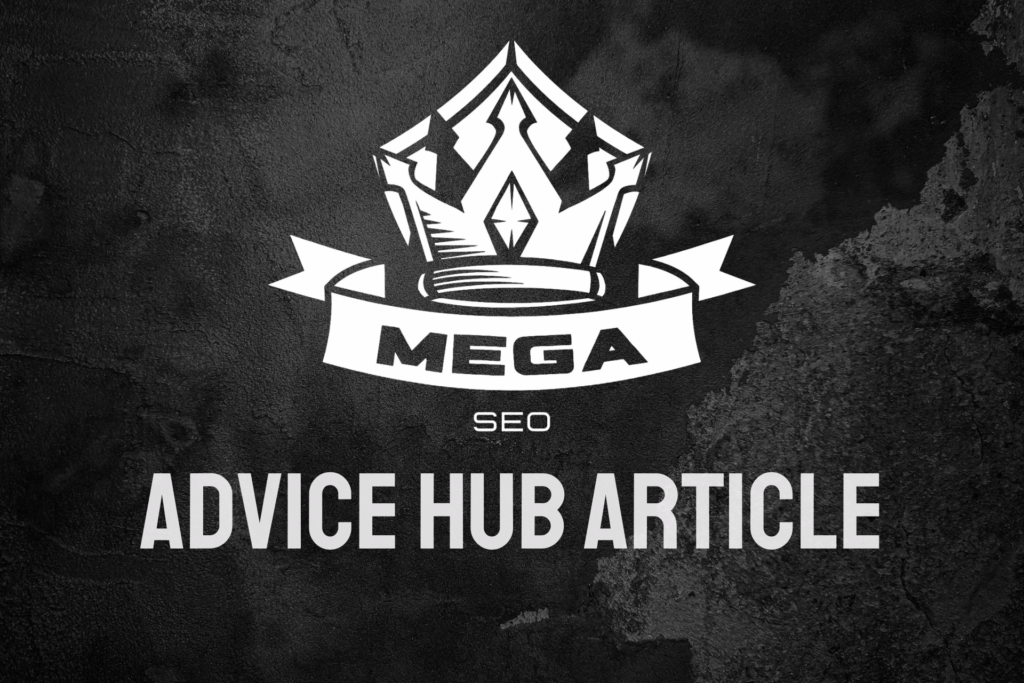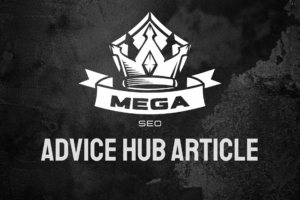Updating old content remains one of the most effective yet underutilised SEO strategies available to website owners. Regular content updates not only keep your website fresh and relevant but also signal to search engines that your site actively provides value to users. This comprehensive guide explores the significant benefits of updating existing content and provides practical strategies for implementing an effective content refresh programme.
Why Should You Update Your Old Content?
Search engines prioritise fresh, accurate, and comprehensive content that serves user intent. Outdated content can harm your website’s authority and rankings, while updated content often sees improved search performance and user engagement. Regular updates help maintain your competitive edge and ensure your content continues to meet evolving user needs.
What Are the Key Benefits of Updating Old Content?
Refreshing existing content offers numerous advantages for your SEO strategy:
Enhanced Search Rankings
Updated content typically performs better in search results because:
- Freshness Signals: Search engines value recently updated content, particularly for topics where timeliness matters. Regular updates demonstrate active site maintenance and relevance.
- Improved Relevance: Updates allow you to incorporate new keywords, trends, and user intent signals that might have emerged since the original publication.
- Better User Experience: Fresh content tends to engage users more effectively, leading to improved behavioural metrics that influence rankings.
Cost-Effective Content Strategy
Updating existing content often requires less time and resources than creating new pieces from scratch. This approach allows you to:
- Leverage Existing Authority: Pages that already have backlinks and established authority can benefit significantly from updates, often showing quicker ranking improvements.
- Maximise Resource Efficiency: Refreshing existing content typically requires less research and structural work compared to creating new pieces.
- Build Upon Previous Success: You can identify and expand upon content that has previously performed well, enhancing its value further.
How Do You Identify Content That Needs Updating?
Strategic content updates begin with identifying the right pieces to refresh. Consider these factors:
- Performance Metrics: Review your analytics to identify pages with declining traffic or engagement rates. These often present the best opportunities for improvement through updates.
- Content Age: Prioritise content that’s more than 12-18 months old, especially in rapidly changing industries where information quickly becomes outdated.
- Competitive Analysis: Compare your content with competing pages ranking higher in search results to identify gaps and improvement opportunities.
- User Feedback: Monitor comments, queries, and social media interactions to understand where your content might need clarification or expansion.
What Elements Should You Focus on When Updating Content?
Effective content updates should address multiple aspects of your pages:
Technical Optimisation
Start with technical SEO improvements:
- Page Speed: Optimise images, minify code, and implement caching to improve loading times.
- Mobile Responsiveness: Ensure content displays properly across all devices.
- Internal Linking: Update internal links to point to relevant, current content.
- Schema Markup: Implement or update structured data to enhance search visibility.
On-Page Elements
Focus on improving key on-page SEO elements:
- Title Tags and Meta Descriptions: Refresh these elements to incorporate new keywords and improve click-through rates.
- Headings: Update H1s and subheadings to better reflect current search intent and keyword opportunities.
- Content Structure: Improve readability with better formatting, shorter paragraphs, and clear sections.
Content Quality
Enhance the actual content value:
- Accuracy Check: Verify all facts, statistics, and references are current and accurate.
- Depth and Comprehensiveness: Add new sections addressing related topics or questions.
- Examples and Case Studies: Include recent examples and case studies to illustrate points.
How Can You Maintain Content Freshness?
Implementing a systematic approach to content updates ensures consistent quality:
- Content Audit Schedule: Establish regular intervals for reviewing and updating different content categories.
- Update Log: Maintain a record of when content was last updated and what changes were made.
- Performance Tracking: Monitor how updates impact rankings, traffic, and engagement metrics.
What Role Does Local Content Play?
For businesses targeting specific geographical areas, local SEO considerations are vital when updating content. Regular updates to location-specific pages help maintain relevance for local searches and improve visibility in specific markets.
How Do Off-Page Factors Impact Content Updates?
Consider off-page SEO elements when updating content:
- Backlink Analysis: Review existing backlinks and identify opportunities to earn new ones with updated content.
- Social Sharing: Promote updated content through social channels to increase visibility and engagement.
- User Engagement: Monitor how updates affect user behaviour and engagement metrics.
Transform Your Content Strategy with Professional SEO Support
Maintaining and updating website content requires consistent effort and expertise. Our SEO team based in Wigan specialises in developing and implementing effective content update strategies that drive sustainable organic growth. We understand the unique challenges UK businesses face and provide tailored solutions to help you maintain competitive advantage through strategic content updates.
Ready to revitalise your existing content and improve your search performance? Contact us today to discuss how we can help you implement an effective content update strategy that delivers measurable results.




